It’s easy to panic in the face of emergencies like gushing pipes and kitchen fires. But we can save ourselves a lot of torment — and a lot of money — simply by staying calm and taking the appropriate steps to minimize the damage while we wait for expert help
1. A Burst Pipe
When a pipe bursts, you should immediately turn your home’s water supply off at the main valve, says James Grier, principal of Express Plumbing in St. Louis. “Always know where the main shutoff valve is to get the water off as quick as possible,” he says, “because if you have to call a plumber, you’re going to wait 30 to 45 minutes for him to get there — and your house could be ruined in that 45 minutes.”
Most homeowners don’t know where their main shut-off valve is located, says Grier, but every homeowner should. Typically, he says, the valve will be located on the lowest level near the front of the home. And it will look something like the image in Figure 1.
Prevention: Frozen pipes are easily prevented, says Grier. First, be sure to disconnect all outside hoses from their hydrants before temperatures drop below freezing. (Failure to disconnect outside hoses is the number one cause of burst pipes and flooded basements, says Grier.) And second, if you know your bathroom is on an overhang — where the wind can get in and freeze the pipes — turn the hot and cold water on at a pencil drip during cold snaps. “You may waste a little water,” Grier explains, “but water can’t freeze when it’s running, so it saves us from having to go into your walls and fix things — and that’s going to save you a lot of money.”
2. A Leaky Roof
When water’s coming in through the ceiling, it may be tempting to get into the attic or up on the roof to see where it’s coming from. “Don’t do it,” says Ryan Baxter of RIBA Construction in Fairfax, Va. “This presents a huge safety issue — especially in inclement weather — and most roofing companies will be able to prioritize your active leak and provide a temporary fix to ensure things don’t get worse.” The best thing you can do in this scenario, says Baxter, is try and stop the water with a bucket or another large basin. Then, call a roofing pro to come and assess the damage.
When your roof is leaking, says Baxter, it’s vitally important that you enlist the help of a qualified professional. “Sometimes, bad or cheap repairs can lead to wood rot and much larger fixes,” he says, “so always go with someone who knows what they’re doing.”
Prevention: Typically, Baxter says, roof leaks happen when shingles blow off, nails rust out or flashing is worn. And many times, only a trained roofing pro will be able to see and identify the issue. Regular roof inspections will identify potential problems and prevent those kinds of things from happening.
3. A Leaky Toilet
A leaky toilet creates a sense of urgency, as water can penetrate through flooring and cause even bigger problems down below. But Grier says leaky toilets don’t usually constitute an emergency.
“I must get 50 calls a day about leaky toilets,” he says, “but most people don’t really need a plumber to fix this; in fact, most people can fix a leaky toilet themselves.” First, simply turn off the water supply at the base of the toilet, says Grier. Then, replace the flapper in the inside of the tank and turn the water back on.
Prevention: To prevent a leaky toilet, Grier suggests replacing the insides of your toilet tank once every five years. “It’s a lot like performing maintenance on a car,” he says. “People usually wait to do maintenance until the car breaks down and strands them on the highway — but if you stay ahead of the game, you’ll be good.”
4. An Unresponsive Furnace
If your furnace isn’t working, first try cycling the power — turning the power off for five minutes and then turning it back on (either at the breaker or using the on-off switch on the furnace), says Tom Griffin of NoCo Heating and Air in Fort Collins, Colo. This will reset the alarms in the system. Then, turn the thermostat on and see whether the heat comes on. If cycling power doesn’t fix the problem, you may also try changing the filter. “Nine times out of 10, a dirty filter is the culprit,” Griffin says. But if a clean filter doesn’t work, it’s time to call a qualified heating, venting and air condition (HVAC) professional.
The single worst thing you can do in this scenario, says Griffin, is to consult YouTube videos and try and repair the furnace yourself. Even taking the door off your own furnace will void your warranty and deter any qualified professional from working on your furnace, says Griffin.
Prevention: Check your furnace filters monthly and replace dirty filters as needed. Also, have a qualified HVAC professional inspect and service your furnace once a year. Regular maintenance will prevent problems and keep your furnace in good working order.
5. A Kitchen Fire
Kitchen fires are the leading cause of home fires and home injuries, says the National Fire Protection Agency (NFPA). And the leading cause of kitchen fires is unattended cooking. The NFPA warns against leaving cooking food unattended, and the organization recommends keeping a lid nearby when you’re cooking to smother small grease fires should they occur (use metal; glass may shatter at high temperatures). In the case of an oven fire, the NFPA recommends turning the oven off and keeping the oven door closed.
Never try to put a grease fire out with water, warns Ryan Cole, fire captain at Colorado’s Copper Mountain Fire Department. You may use baking soda to help put out a fire, he says, but you’ll need a fair amount of it. “The single best thing you can do in the event of a kitchen fire,” says Cole, “is to have a fire extinguisher in your kitchen and know how to use it.”
Prevention: Stay alert and keep watch over frying, grilling, boiling or broiling foods, advise both Cole and the NFPA. And check on simmering, baking and roasting dishes regularly. Also, keep anything that can catch fire — oven mitts, wooden utensils, food packaging, towels or curtains — away from your stovetop. And heat oil slowly to reduce the splatter of flammable oils and grease.
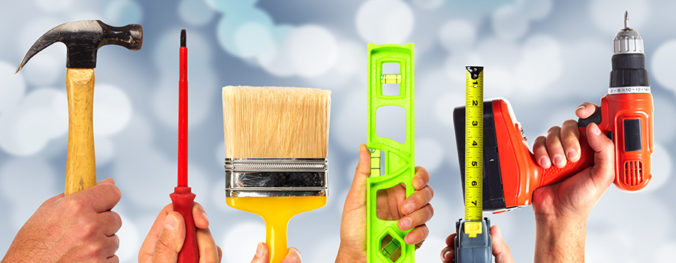
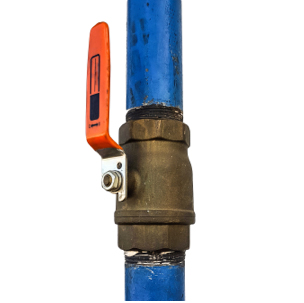
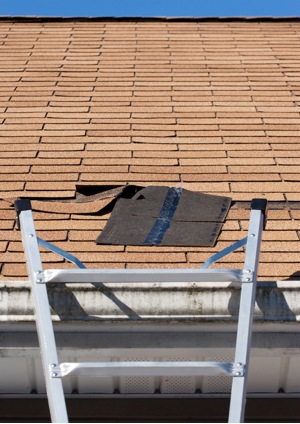
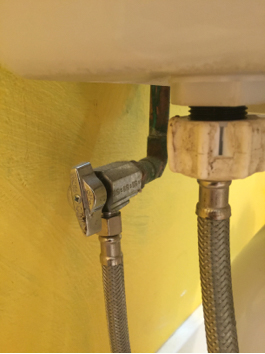
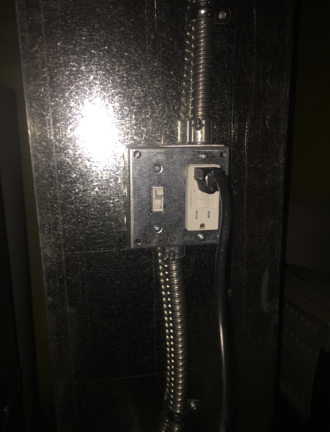
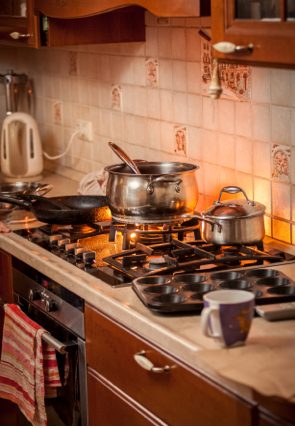
Leave a Reply